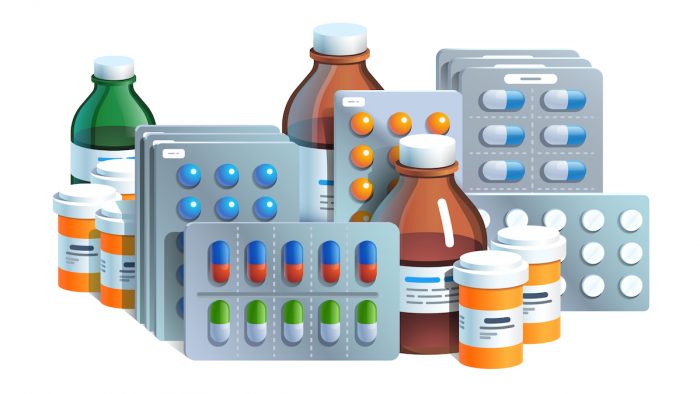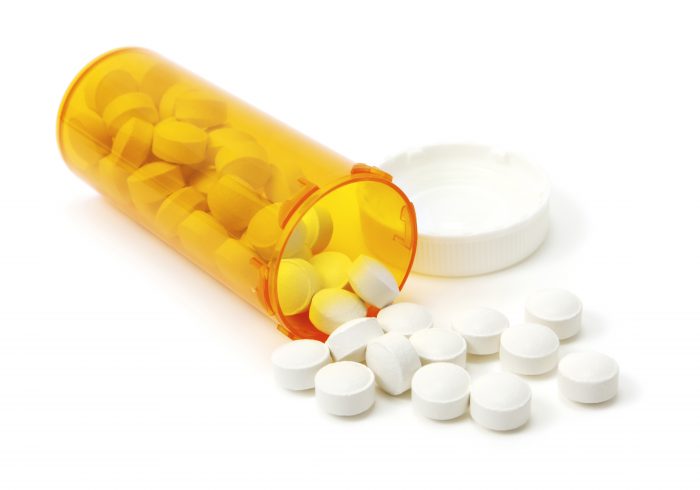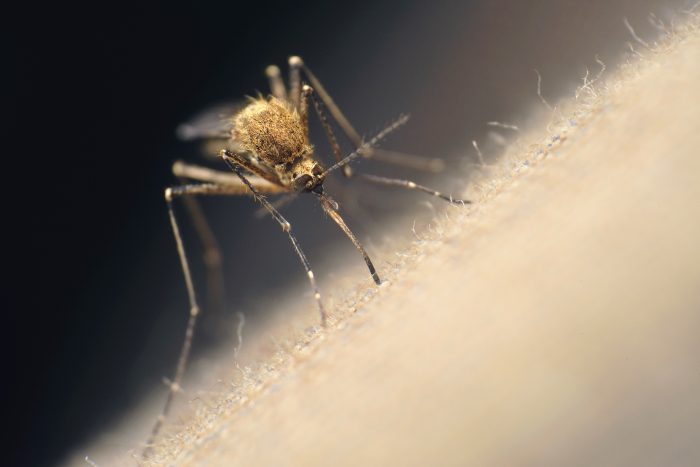Add quality years with modest lifestyle changes
By David Dunaief, M.D.

The number of 90-year-olds is growing in the U.S. According to the National Institutes of Health, those who were more than 90 years old increased by 2.5 times over a 30-year period from 1980 to 2010 (1). This group is among what researchers refer to as the “oldest-old,” which includes those aged 85 and older.
What do these people have in common? According to one study, they tend to have fewer chronic morbidities or diseases. Thus, they tend to have a better quality of life with greater physical functioning and mental acuity (2).
In a study of centenarians, genetics played a significant role. Characteristics of this group were that they tended to be healthy and then die rapidly, without prolonged suffering (3). In other words, they grew old “gracefully,” staying mobile and mentally alert.
Factors that predict one’s ability to reach this exclusive club may involve both genetics and life-style choices. Let’s look at the research.
Get modest exercise
We are told repeatedly to exercise. Here’s one reason. Results of one study showed that 5 to 10 minutes of daily running, regardless of the pace, can have a significant impact on life span by decreasing cardiovascular and all-cause mortality (4).
Amazingly, even if participants ran fewer than six miles per week at a pace slower than 10-minute miles, and even if they ran only one to two days a week, there was still a decrease in mortality compared to nonrunners. Those who ran for this very short amount of time potentially added three years to their life span. There were 55,137 participants ranging in age from 18 to 100 years old.
An accompanying editorial to this study noted that more than 50 percent of people in the United States do not meet the current recommendation of at least 30 minutes of moderate exercise per day (5).
Reduce animal protein
A long-standing paradigm has been that we need to eat sufficient animal protein. However, cracks have developed in this theory, especially as it relates to longevity.
In an observational study using NHANES III data, results show that those who ate a high-protein diet (greater than 20 percent of calories from protein) had a twofold increased risk of all-cause mortality, a four-times increased risk of cancer mortality, and a four-times increased risk of dying from diabetes (6). This was over a considerable duration of 18 years and involved almost 7,000 participants ranging in age at the start of the study from 50 to 65.
However, this did not hold true if the protein source was plants. In fact, a high-protein plant diet may reduce the risks, not increase them. The reason, according to the authors, is that animal protein may increase insulin growth factor-1 and growth hormones that have detrimental effects on the body.
The Adventists Health Study 2 trial reinforced this data. It looked at Seventh-day Adventists, a group that emphasizes a plant-based diet, and found that those who ate animal protein once a week or less had a significantly reduced risk of dying over the next six years compared to those who were more frequent meat eaters (7). This was an observational trial with over 73,000 participants and a median age of 57 years old.
Reduce systemic inflammation
In the Whitehall II study, a specific marker for inflammation was measured, interleukin-6. The study showed that higher levels did not bode well for participants’ longevity (8). In fact, if participants had elevated IL-6 (>2.0 ng/L) at both baseline and at the end of the 10-year follow-up period, their probability of healthy aging decreased by almost half.
The good news is that inflammation can be improved significantly with lifestyle changes.
The takeaway from this study is that IL-6 is a relatively common biomarker for inflammation that can be measured with a simple blood test offered by most major laboratories. This study involved 3,044 participants over the age of 35 who did not have a stroke, heart attack or cancer at the beginning of the study.
The bottom line is that, although genetics are important for longevity, so too are lifestyle choices. A small amount of exercise and replacing animal protein with plant protein can contribute to a substantial increase in healthy life span. IL-6 may be a useful marker for inflammation, which could help predict healthy or unhealthy outcomes. Therefore, why not have a discussion with your doc-tor about testing to see if you have an elevated IL-6? Lifestyle modifications may be able to reduce these levels.
References:
(1) nia.nih.gov. (2) J Am Geriatr Soc. 2009;57:432-440. (3) Future of Genomic Medicine (FoGM) VII. Presented March 7, 2014. (4) J Am Coll Cardiol. 2014;64:472-481. (5) J Am Coll Cardiol. 2014;64:482-484. (6) Cell Metab. 2014;19:407-417. (7) JAMA Intern Med. 2013;173:1230-1238. (8) CMAJ. 2013;185:E763-E770.
Dr. David Dunaief is a speaker, author and local lifestyle medicine physician focusing on the integration of medicine, nutrition, fitness and stress management. For further information, visit www.medicalcompassmd.com.














